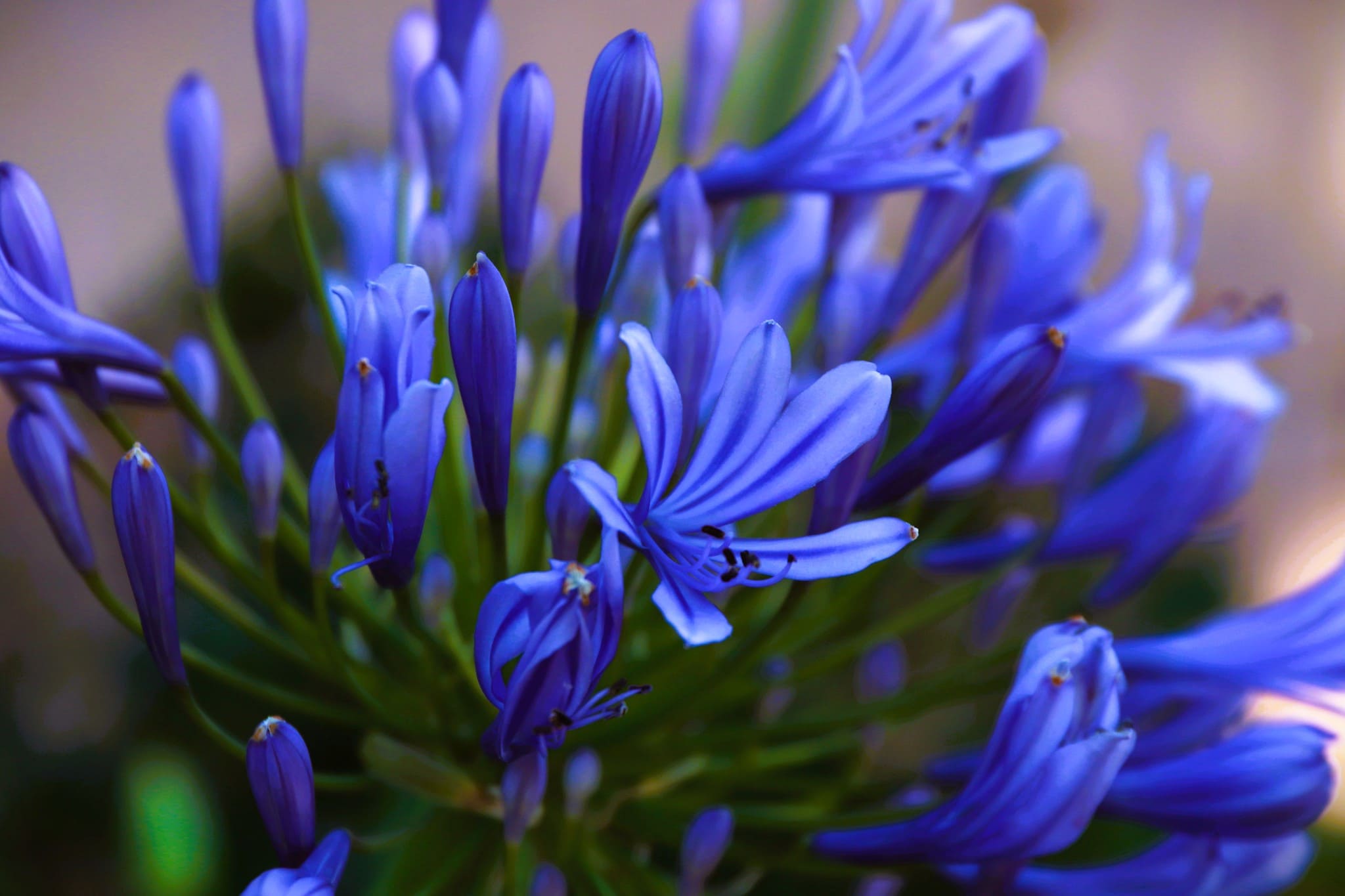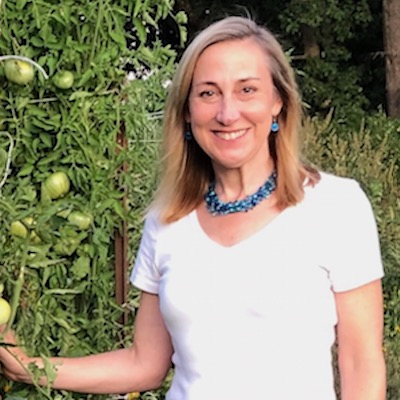Growing African Blue Lily Plants: Watering, Light, Propagation, and More!
Read Next
Types

Hybridizing has resulted in more than 600 varieties with many differences beyond their apparent similarities. Depending on the variety and species, agapanthus can be evergreen or deciduous, have stems that rise from several inches to multiple feet tall, and bear funnel-, bell-, trumpet-, or tubular-form flowers that vary in their bloom periods.
Evergreen types retain their foliage and should be treated like houseplants in winter (provided with water and bright light in a 55° to 60°F environment); deciduous ones lose their strapping leaves in winter but can be stored in a cool (40° to 50°F), dark, frost-free space in their pot or wrapped in newspaper with their soil removed after they have been lifted.
If somewhat pot-bound, agapanthus tends to flower abundantly. Dwarf forms are especially suited to being grown in containers.
Evergreen species (Agapanthus africanus, A. praecox) include the following (consult your nursery for others):
- A. africanus ‘Albus’: white flowers; 2 to 4 feet tall; need partial sun/filtered light
- A. africanus ‘Peter Pan’: blue flowers; 1 to 2 feet tall; need partial sun/filtered light
- A. ‘Ever Sapphire’: deep blue flowers; 1 to 2 feet tall; need partial sun/filtered light
- A. praecox ‘Flore Pleno’: deep, lavender blue double flowers; 2 to 3 feet tall; need partial sun/ filtered light
- A. ‘Queen Anne’: blue flowers; 1 to 2 feet tall; need partial sun/filtered light
- A. ‘Snow Storm’: white flowers; 2 to 3 feet tall; need partial sun/filtered light
- A. ‘Snowball’: white flowers; 1 to 2 feet tall; need partial sun/filtered light
Note: Deciduous species are seldom available as ornamentals.












Comments